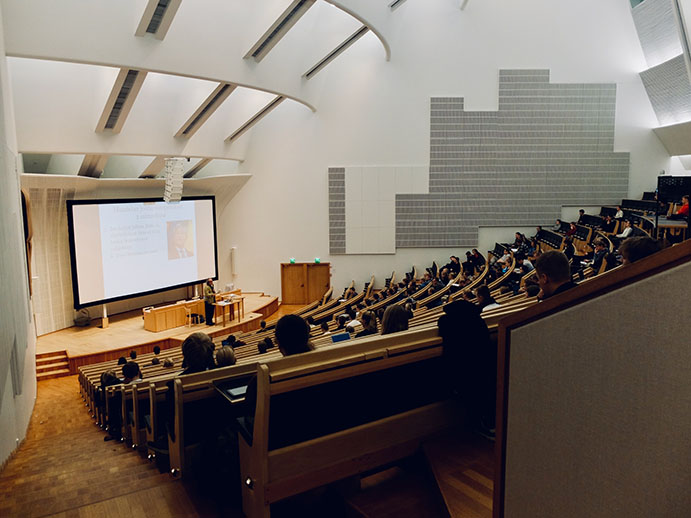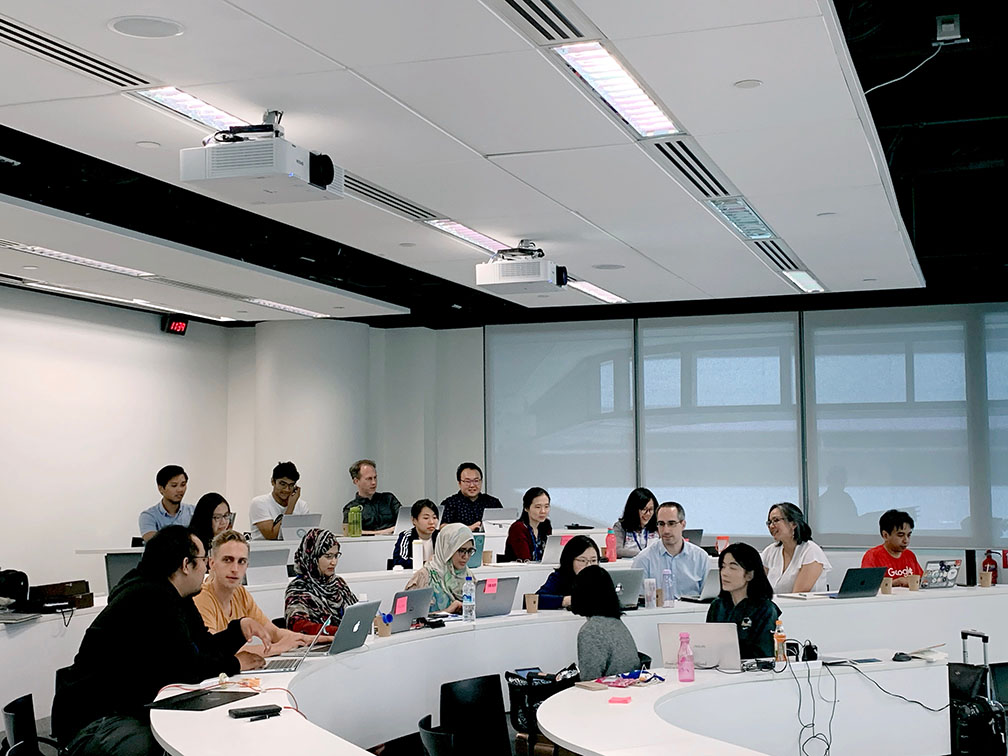The Guangdong Provincial Key Laboratory of Mathematical and Neural Dynamical Systems was established in 2024 with the approval of the Department of Science and Technology of Guangdong Province. This key laboratory is jointly built by the School of Sciences of Great Bay University , Dongguan People's Hospital, and Shenzhen University. The laboratory is directed by Chair Professor Jinqiao Duan, the Executive Dean of Great Bay University.
The laboratory currently has more than 40 academic leaders and core members, including 5 individuals selected for the National Plan for Top-notch Talents. Drawing on the university’s strengths in disciplines such as mathematics, applied mathematics, and computer science and technology, and supported by the Dongguan Key Laboratory of Data Science and Intelligent Medicine and the Dongguan Key Laboratory of Intelligent Brain Imaging and Brain Function, the laboratory aims to develop mathematical theories of brain neural dynamical systems. It seeks to explore the complex mechanisms of brain disease evolution, construct dynamical system models of brain diseases integrating multimodal brain data, and build intelligent platforms for the diagnosis and treatment of brain diseases. These efforts aim to achieve breakthroughs in understanding disease mechanisms, early warning, prediction, and intervention simulation, supporting the national strategy of the Healthy China Initiative. The laboratory also aims to drive the digital transformation of the medical industry in Guangdong Province and lead advancements in smart medical technologies.
[Research Directions]
Theory and Computational Methods for Nonlinear Stochastic Dynamical Systems:
(a) Develop new geometric, analytical, probabilistic, and topological methods for nonlinear stochastic dynamical systems, providing deep theoretical support for understanding the evolution of complex systems.
(b) Theory and computation of neural dynamical systems, and providing new research topics and ideas for the study of dynamical systems(b) Build intelligent computational methods for evolutionary modeling, early warning, and effective intervention in neural systems.
(c) Explore new artificial intelligence algorithms inspired by brain systems and empowered by dynamical systems.
Stochastic Dynamical Analysis Methods and Effective Regulation of the Mechanisms of Some Neurological Disorders:
(a) Hybrid modeling integrating "first principles" and data-driven methods(a) Integrate first-principles modeling with data-driven approaches to investigate the evolutionary mechanisms of some neurological disorders (such as stroke, epilepsy, etc.).
(b) Early-warning indicators for stochastic dynamical systems(b) Based on analytical, geometric, probabilistic, and topological methods for stochastic dynamical systems, devise new early-warning indicators that are both universal (across different diseases) and specific (individualized).
(c) Application and validation: multimodal data fusion and early warning of some neurological disorders; effective control on complex high-order networks; and applications of privacy-preserving machine learning models to the early warning and diagnosis of some brain diseases.

Basic
Research
Research
on mathematical dynamical systems and brain disease evolution mechanisms
supports
guides
Demonstration
Application
Intelligent
platforms for assisted diagnosis and treatment of brain diseases
National
development strategies and needs (brain sciences, and brain diseases)
Key
research directions of the laboratory
Technology
Research & Development
Multimodal
data fusion and early warning and intervention for brain diseases
drives














